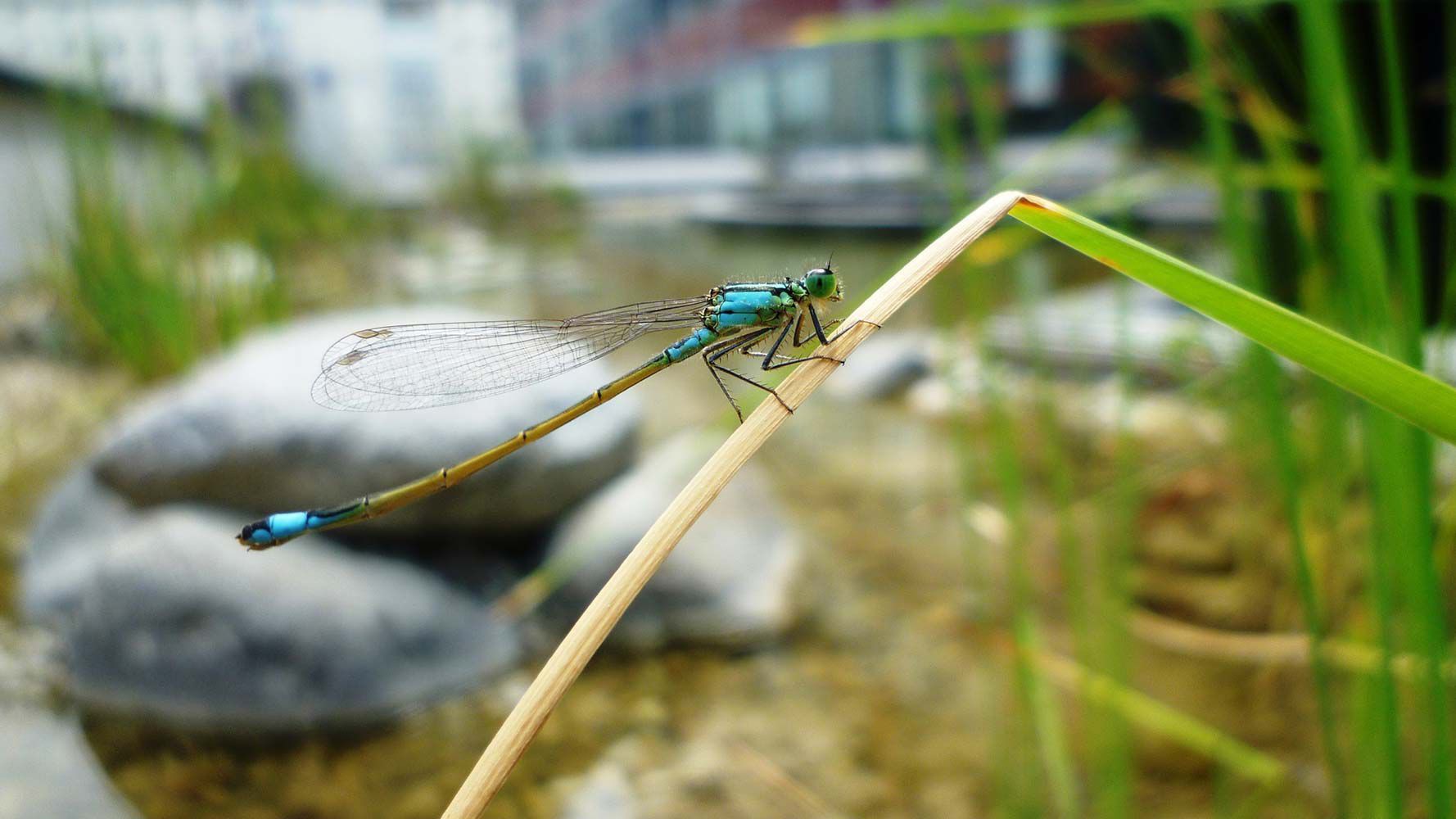Aquatic micro-habitats
Natural aquatic micro-habitats such as ponds and natural pools are particularly high in biodiversity. Not only amphibians, but also insects, snails, and also hydrophilic plants will find habitats there. Over the last few decades, the number and diversity of these habitats in Austria has decreased considerably. With relatively simple means and without costly technology, you can create new habitats. You can look forward to exciting field observations throughout the seasons.
The following collection of Internet links was selected as an example and does not claim to be complete.
Set-up:
- Before setting up an aquatic micro-habitat, you should decide whether you want to promote amphibians, birds, or insects. They have different requirements which should be considered beforehand:
LBV: Kleingewässer (lbv.de) - You have decided to set up an aquatic micro-habitat? Great! Practical advice on location, size and water sources can be found here:
LBV: Kleingewässer anlegen (lbv.de) - Everything you need to know at a glance: from set-up to care to safety:
Stadt Luzern: Stichwort naturnaher Gartenteich (PDF)
Choice of plants:
- Use local and native plants in your aquatic micro-habitat, as they are best adapted to our climate and thus the most resilient:
Teichpflanzen-Teichbau: Wasserpflanzen für den Gartenteich (teichpflanzen-teichbau.com) - Examples of European aquatic and swamp plants with pictures:
Europäische Sumpf- und Wasserpflanzen (tillandsia.at) - Identification guide for aquatic and swamp plants:
Pflanzenbestimmung Wasserpflanzen (pflanzenbestimmung.info)
Interesting:
- How is a pond different from a natural pool? Which types of animals can be found in ponds? See here:
BfN: Lebensraum Kleingewässer (bfn.de)
